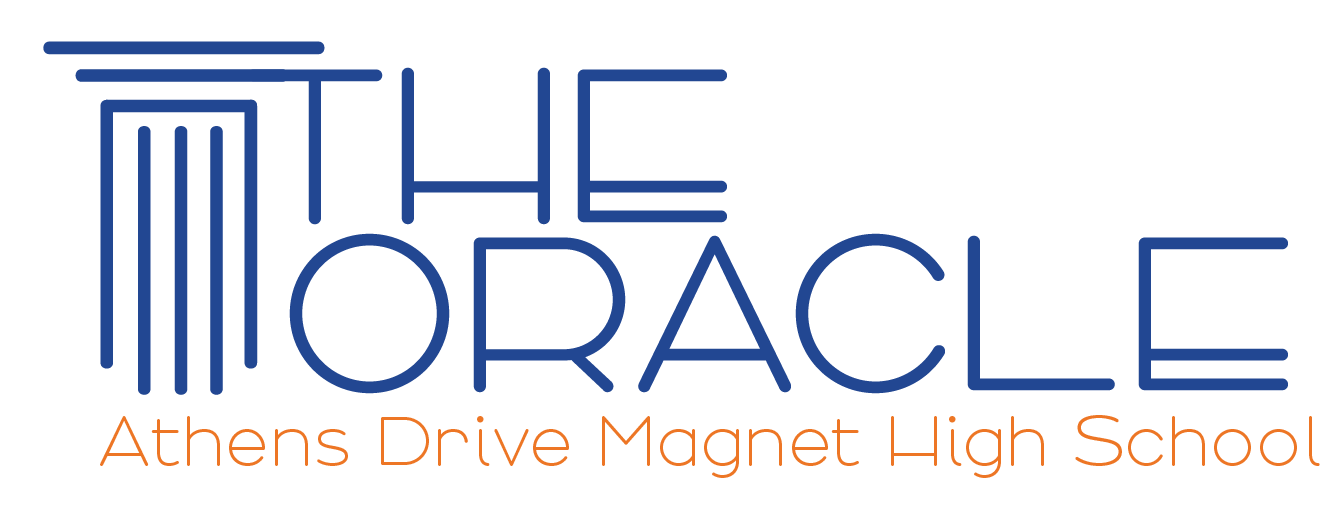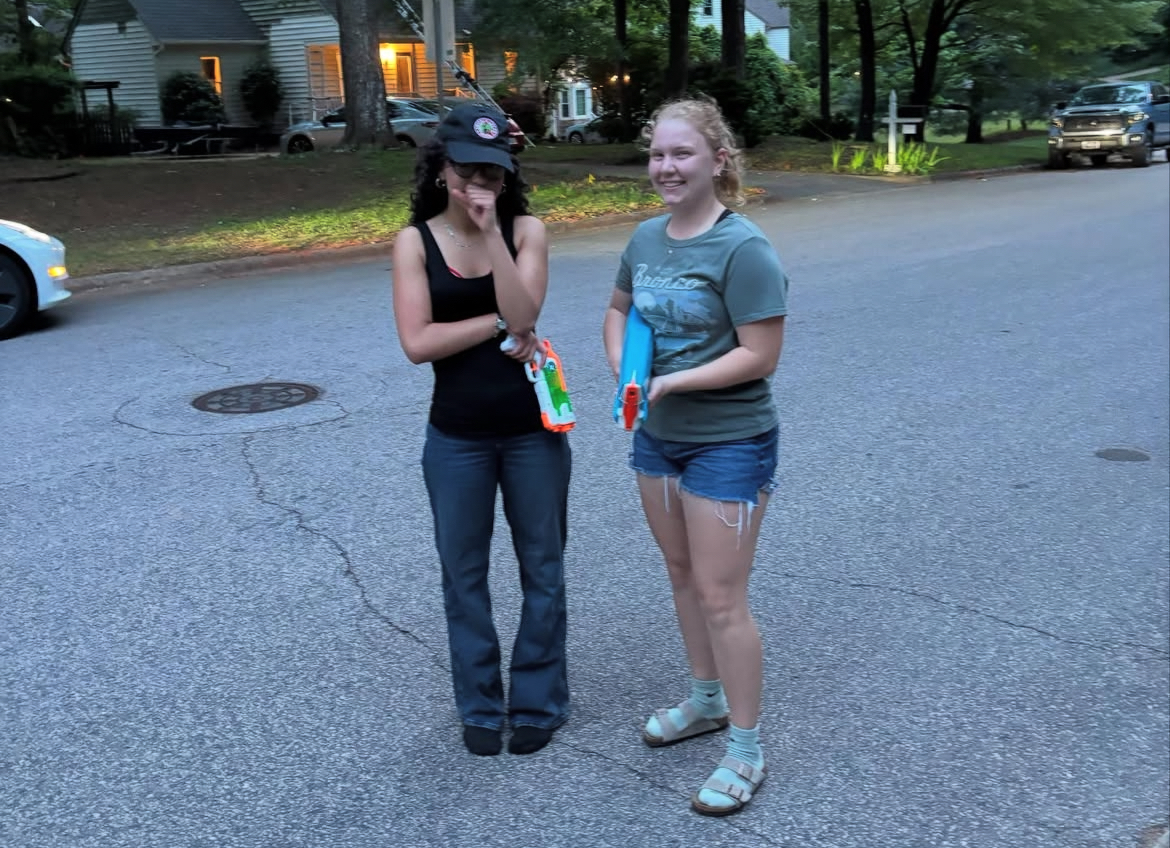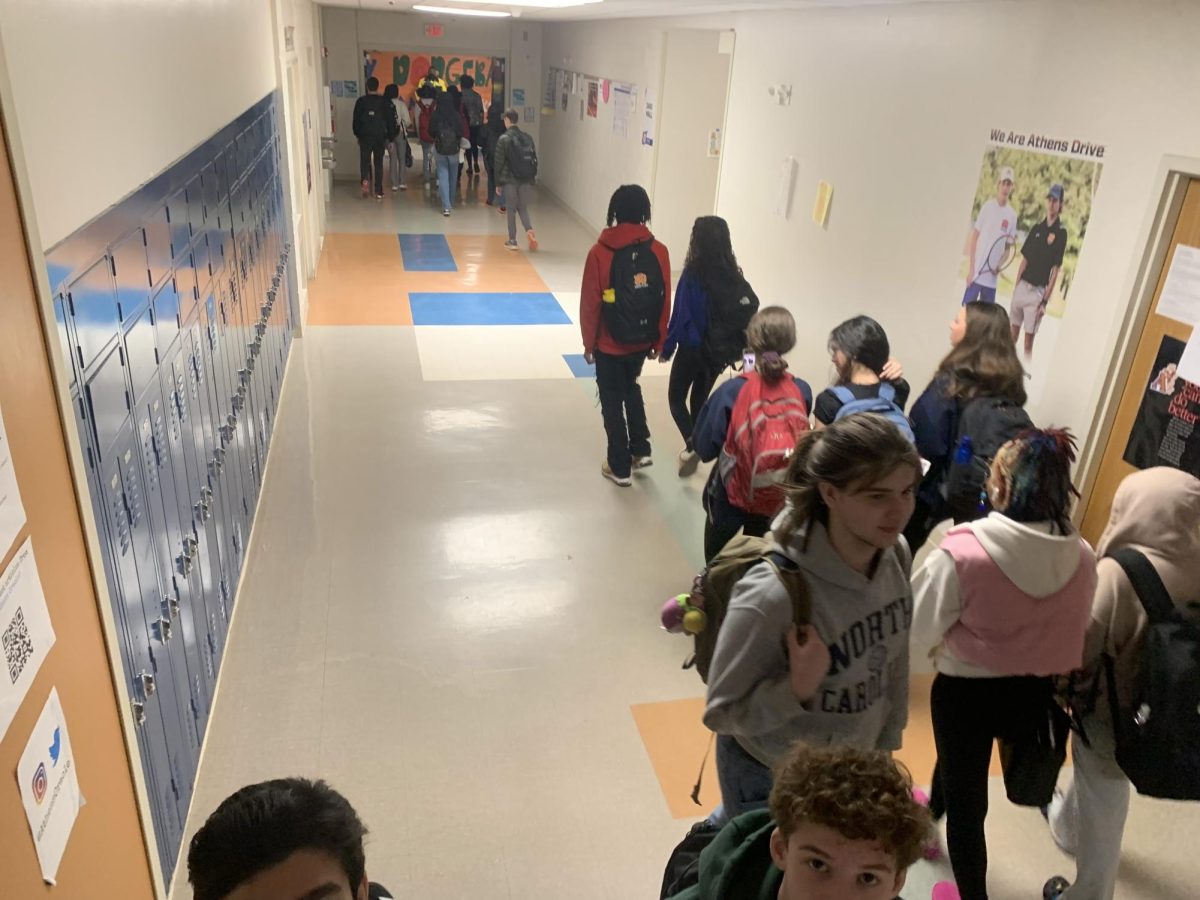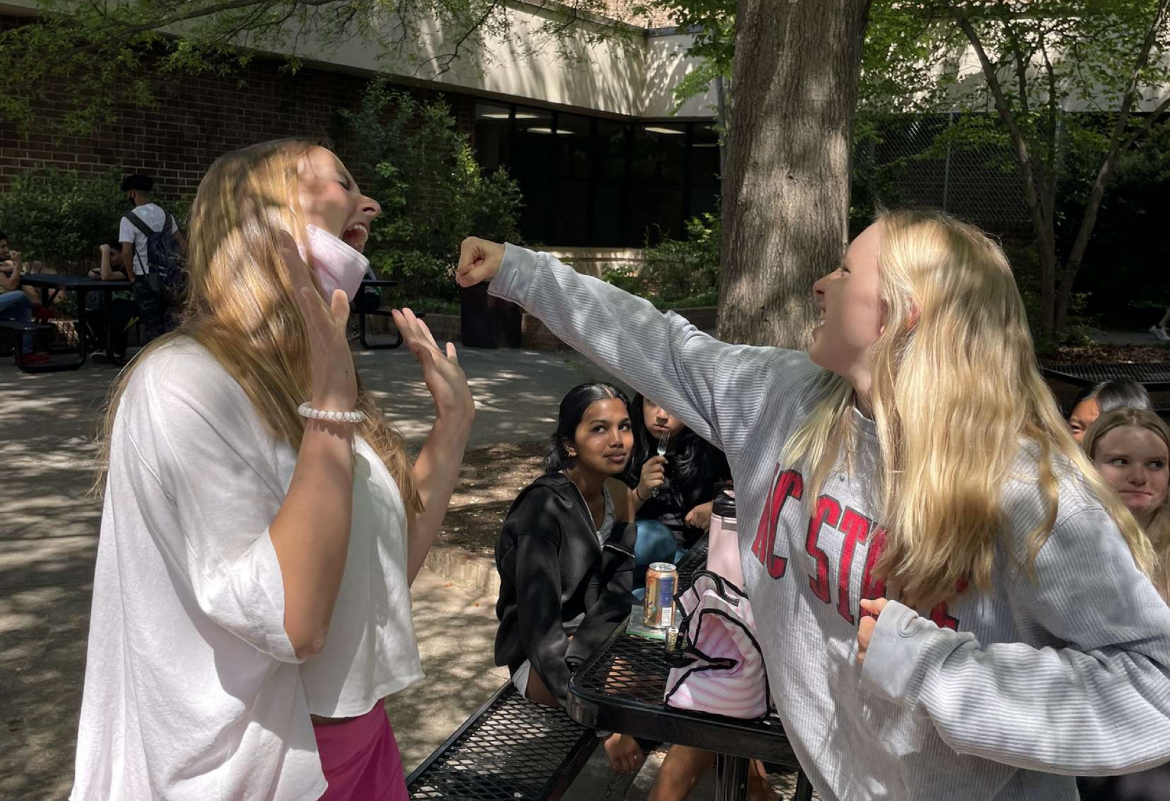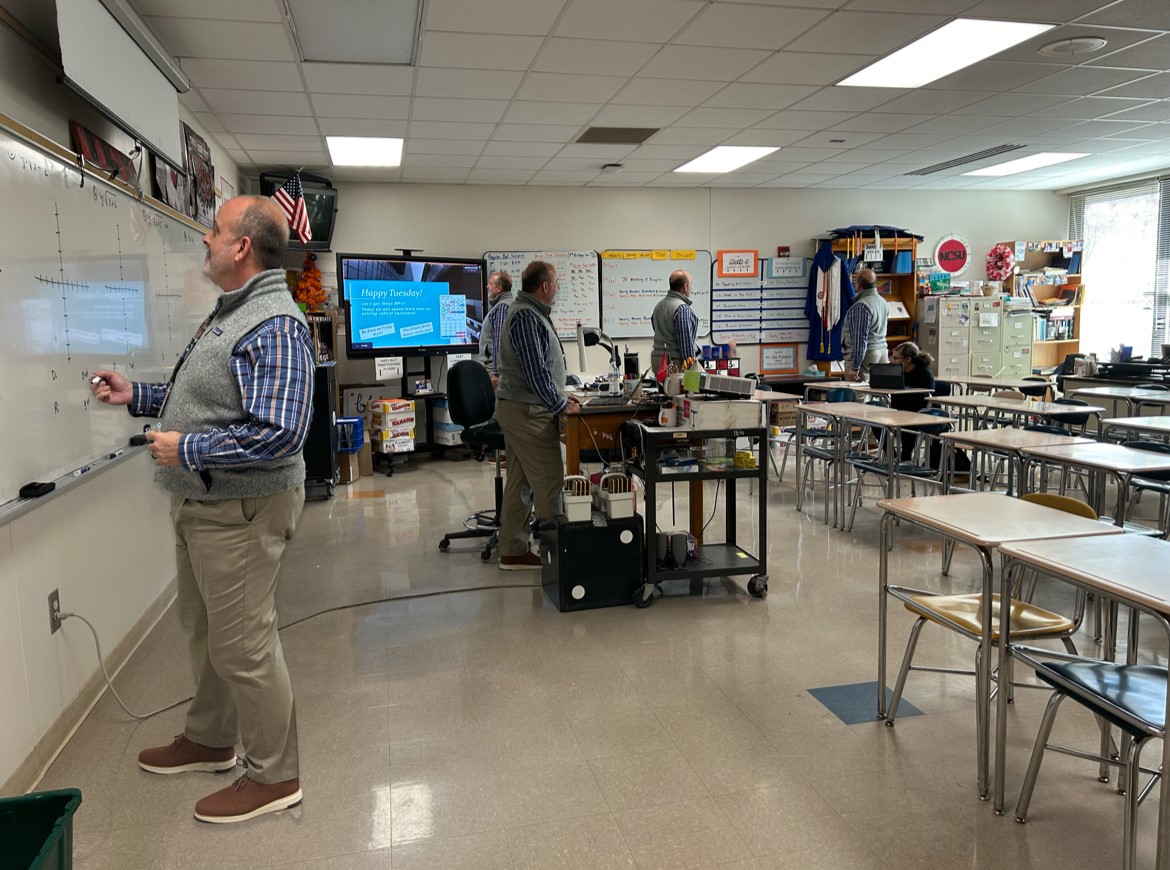*This story may contain spoilers*
It is often expected that when one enters high school, they may be introduced to more serious and mature subjects in the books they read in English class. Books begin to include topics like the death of a family’s mother, the death of a New York socialite, the death of young boys stranded on an island and a love story that results in…death. It seems a strong theme in high school required reading is – you guessed it – death. One may expect that teachers would prefer to stray away from making students read about death considering the high rates of depression most teenagers already experience, but at least that means they are familiar with the subject.
To learn more about these stories filled with death and more, just keep reading.
“Romeo and Juliet” by William Shakespeare
“Romeo and Juliet” follows the story of two families who hate each other and the love that emerges between Romeo, a member of the Montague family, and Juliet, daughter of the Capulets. It is important to consider the kind of message the school system is sending to students with a story about a 13-year-old girl having a relationship with an assumed 16 or 17-year-old boy. With this information, it appears the two families were right to keep these lovers separated. In regards to the classroom, though, “Romeo and Juliet” has never been more romantic than when it is performed by freshmen boys and girls who just hit puberty. Watch out Juliet, it looks like Romeo forgot to put on deodorant.
“While reading ‘Romeo and Juliet,’ I fantasized about falling in love, but when I looked around the class, I realized my options were limited. I don’t think I’ll find my Romeo here,” said Ophelia Reeds, freshman.
Hopefully, students will not get too invested in Romeo and Juliet’s love affair because they both die at the end. High school relationships could never live up to the drama of that.
“As I Lay Dying” by William Faulkner
1928: the year of Mickey Mouse first appearing in Steamboat Willie, the Amsterdam Summer Olympics and most notably, the death of Addie Bundren, the mother of the Bundren family in “As I Lay Dying.” Readers are not to worry, that key fact is on the back cover of the book, so nothing is being spoiled here. English teachers found a real catch with this one because what could be more exciting than a story about an early 20th century family in rural Mississippi who drags their decaying mother around in a coffin for weeks.
“The title of this book is the sensory experiences I felt when reading it. Instead of ‘As I Lay Dying’, my experience reading it was ‘As I Lay Crying’,” said Carl Dundren.
“Lord of the Flies” by William Golding
William Golding wrote this fairly short read about a group of boys stranded on an island attempting to govern themselves. With that information alone, any high schooler could come to the conclusion that this will not end well. If high schoolers today were to govern themselves, they would probably vote for nap time to be added to the curriculum and homework to be abolished. Fights in school just got a little more interesting after reading “Lord of the Flies” because the next thing teachers know, they will see someone trying to drop the senior rock onto someone, which will hopefully result in a less gruesome way than Piggy’s death.
“Beloved” by Toni Morrison
“Beloved,” set after the Civil War, deals with an ex-slave’s family and a spirit that haunts them. One would not usually expect such a subject as slavery to be coupled with that of the spirit world, which is probably why this book confuses so many students who read it. Jumping back and forth between settings and times, “Beloved” manages to make students question more than the meaning of the story, but what Morrison is even saying. Vague writing + required reading + tired high school students ≠ understanding.
“Let’s just say ‘Beloved’ is not beloved by all, especially not by those who are forced to read it night after night when all I want is sleep,” said Paula Boulder, senior.
Having to read “Beloved” before bed is like trying to swim with weights on your ankles: it is possible, but struggle is a guarantee. At least this book will be memorable to students since the image of a mother slashing her baby’s throat will stick in their heads for years to come.
“The Great Gatsby” by F. Scott Fitzgerald
For those who did not see the 2013 hit film starring Leonardo DiCaprio, “The Great Gatsby” focuses on an affluent man named Gatsby who resides in New York and his new neighbor Nick Carraway. Many high schoolers may be able to relate to this story, not because of the wealth of Gatsby, but because of the parties he attends. Except it is doubted that the parties high schoolers go to are as opulent as those in Fitzgerald’s most well-known novel. While Gatsby drives a Rolls-Royce, high schoolers pull up in their used Honda CR-V. It would probably be healthy for high schoolers to have crates of fresh oranges and lemons at their parties, like Gatsby did, but processed snacks will have to do. Instead of a live orchestra playing at every party, students connect Bluetooth speakers to a Spotify playlist and call it a day. It also doubted that flapper dresses and well-tailored suits will be worn at high school parties, but come to think of it, maybe teenagers should take note from Gatsby because if “The Great Gatsby” teaches students anything, it will be how to throw an amazing party. That, and not to let a friend drive one’s car and cause a deathly accident.
These books are all considered literary masterpieces, but they often struggle to capture the attention of high school students. This may be due to the fact that students do not want to come to school and read about such depressing topics as death, especially after the year everyone has had. Students can only hope the curriculum changes to incorporate more interesting titles with a diverse range of subjects. For example, “The Great Gatsby” could be swapped out for “Crazy Rich Asians” which would definitely be of more interest to today’s high schoolers, especially since no one dies at the end.
